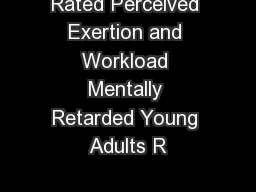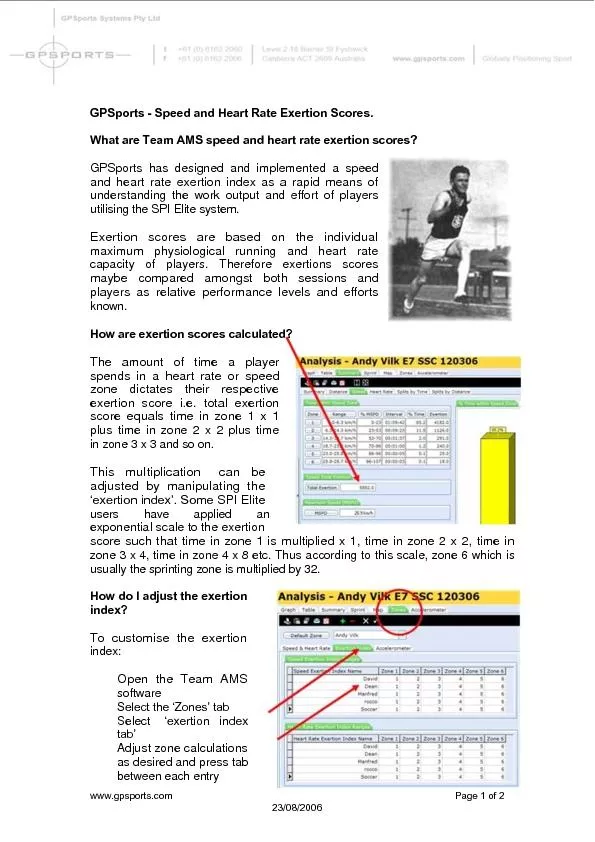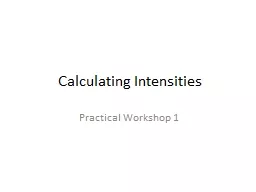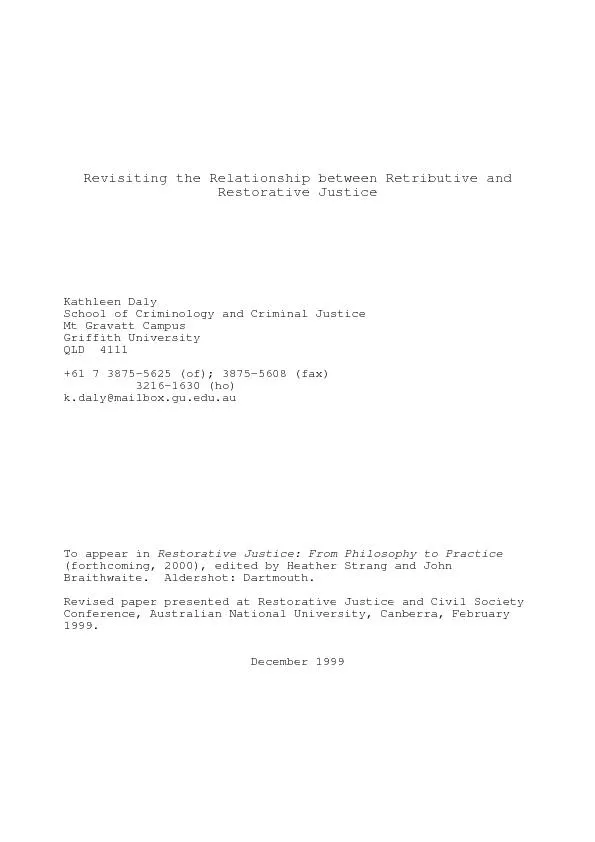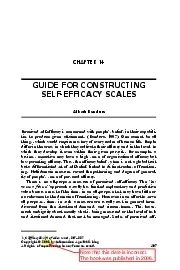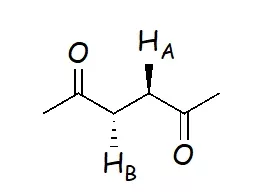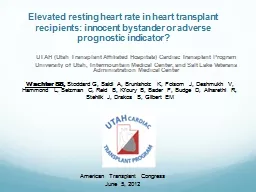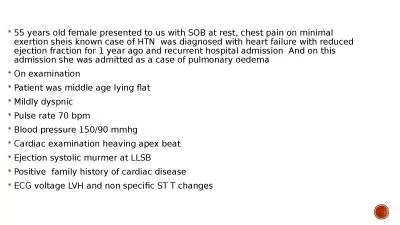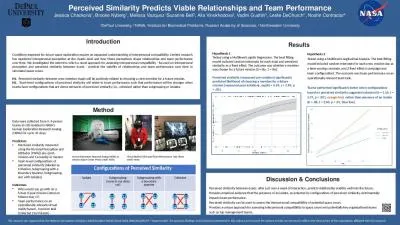PPT-Relationship Between Heart Rate, Rate of Perceived Exertion
Author : trish-goza | Published Date : 2016-04-09
VO 2 max and Distance Run in the Cooper 12 Minute Run Test in College Age Students Kaity Frost Amy Nader Rachael Stieber Becky Suckow introduction C onflicting
Presentation Embed Code
Download Presentation
Download Presentation The PPT/PDF document "Relationship Between Heart Rate, Rate of..." is the property of its rightful owner. Permission is granted to download and print the materials on this website for personal, non-commercial use only, and to display it on your personal computer provided you do not modify the materials and that you retain all copyright notices contained in the materials. By downloading content from our website, you accept the terms of this agreement.
Relationship Between Heart Rate, Rate of Perceived Exertion: Transcript
Download Rules Of Document
"Relationship Between Heart Rate, Rate of Perceived Exertion"The content belongs to its owner. You may download and print it for personal use, without modification, and keep all copyright notices. By downloading, you agree to these terms.
Related Documents


